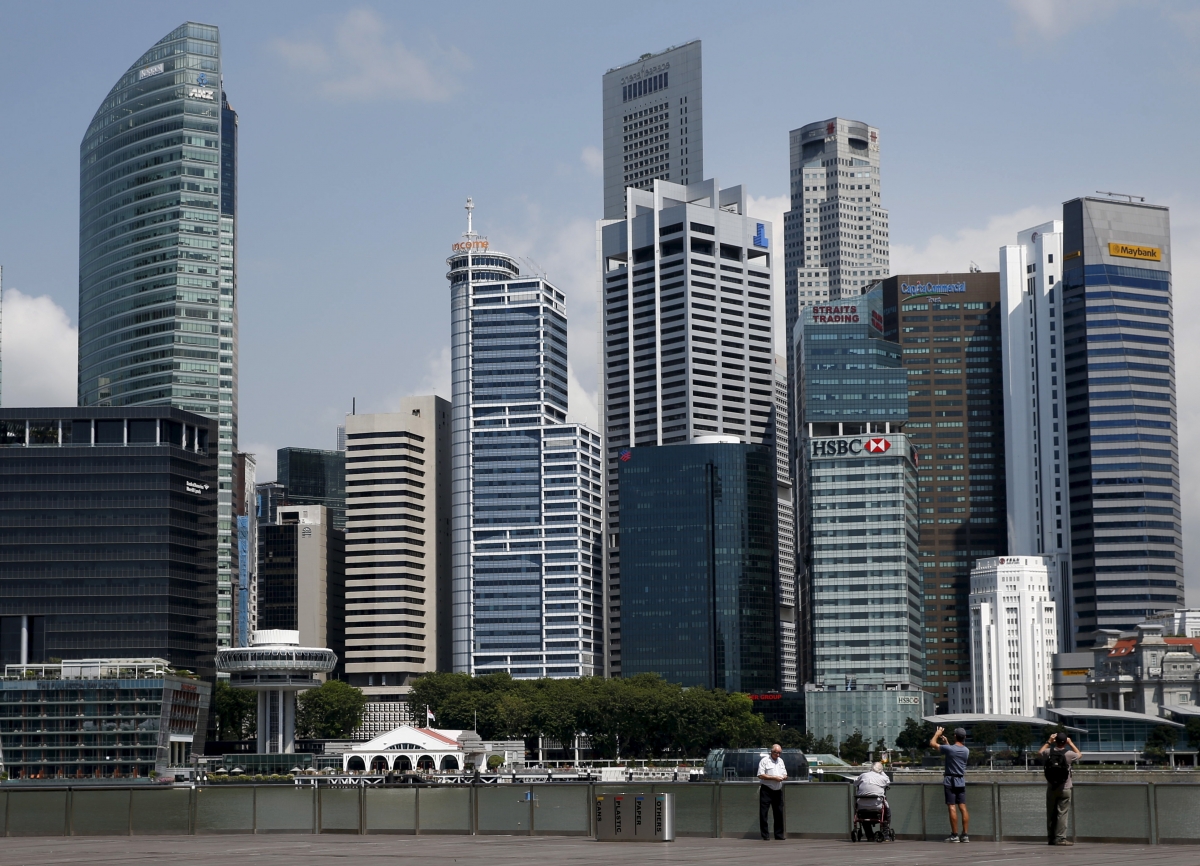According to preliminary estimates provided by the Ministry of Trade and Industry (MTI) on Thursday (Jan 2), Singapore’s GDP grew 4.3 percent in the last quarter of 2024, slower than the same time the previous year.
The economy expanded 5.4 percent in the third quarter. However, GDP growth for the entire year in 2024 was 4 percent, which was higher than the 1.1 percent recorded in 2023.
In his New Year’s greeting, Prime Minister Lawrence Wong stated that economic growth in 2024 exceeded forecast, and that the majority of Singapore’s workers had wage rises that exceeded inflation.
Yearly Growth Rate Surpass Expectations
Singapore raised its forecast for economic growth in November to approximately 3.5 percent, which was higher than the range of its earlier estimate.
According to Selena Ling, chief economist at OCBC, the yearly growth rate surpassed both official projections and market expectations, the largest since 2021.
She pointed out that growth was revised upward in the first and second quarters and said the growth support was widespread.
Ling told CNA, “Notwithstanding the blockbuster year in 2024, the 2025 outlook is still largely obscured by external headwinds including expected Trump 2.0 tariffs, US-China strategic rivalry, and geopolitical tensions.”
She said OCBC is lowering its growth forecast from 2.7 per cent year-on-year to 2.2 per cent given the higher base in 2024.
Will 2025 to Be More Challenging?
Although Singapore is starting 2025 “on a relatively strong footing,” Barclays economist Brian Tan stated that the extremely strong third quarter did not appear to be sustainable and that there are indications that the economy is peaking.
He told CNA’s Asia First, “But still, the horizon is cloudy, and given what we know about the incoming US administration and their threats to already put tariffs in place on their trading partners, it’s going to be, I think, a relatively challenging 2025 compared to 2024.”
He went on to say that Singapore is an “ultra open economy” and that trade disputes or tariffs will hinder the nation’s prosperity.
The wholesale and retail trade sector, along with the transportation and storage sector, expanded 5.6 percent in the fourth quarter, while the construction industry grew 5.9 percent.
Robust Fourth Quarter Performance
According to Jester Koh, an assistant economist at UOB, the fourth quarter’s robust performance was driven by a consistent sequential growth in services and a robust construction sector, which countered a decline in manufacturing.
While financial services benefited from rising trading volumes during financial market instability and increased demand for loans as central banks started cutting rates, trade-related sectors were buoyed by the continuous upturn in the electronics cycle, he said.
The economy grew by 0.1 percent on a seasonally adjusted basis from quarter to quarter, which was less than the 3.2% growth recorded in the previous quarter.
The majority of advance forecasts are calculated using data from the first two months of the quarter, which in this case are October and November. They may be updated later when new information becomes available, but they are meant to serve as an early indicator.
After expanding by 11.1 percent in the third quarter, the manufacturing sector expanded 4.2 percent in the fourth quarter when compared to the same period last year.
According to MTI, the electronics and transport engineering clusters’ increased output was the main driver of growth in the final three months of the year.
After expanding 12.8 percent in the third quarter, manufacturing shrank 2.5 percent on a seasonally adjusted basis from quarter to quarter.
Electronics is still a promising area for Singapore, according to Tan of Barclays, and as the story of artificial intelligence develops, it should boost the semiconductor cycle, which would benefit Singaporean manufacturing.
Compared to the third quarter, when it grew by 4.7 percent, the construction industry grew by 5.9% in the fourth quarter.
An increase in the output of public sector building was the main driver of the growth.
The sector expanded 3.4 percent on a seasonally adjusted basis from quarter to quarter, which was quicker than the 3.6 percent growth in the previous quarter.
In terms of services, the transportation and storage and wholesale and retail trade sectors expanded 5.6 percent, up from 5.2 percent in the prior quarter.
“All sectors within the group, except for the retail trade sector, recorded expansions during the quarter,” stated MTI. According to the government, the machinery, equipment, supplies, and other divisions were the primary drivers of growth in the wholesale trade industry.
Transportation and Storage Industry Growth
Growth in the transportation and storage industry was bolstered by areas related to air and sea transportation, as well as storage and other support services.
The wholesale and retail trade industry, together with the transportation and storage sector, experienced a 0.2 percent decline on a seasonally adjusted basis from quarter to quarter. It increased by 0.8 percent in the third quarter.
After growing by 4.3 percent in the previous quarter, the group of industries that includes the professional services, banking and insurance, and information and communications sectors grew by 3.7% in the fourth quarter.
The IT and information services segment, the head offices and business representative segment, and the robust performance of the banking, fund management, and activities auxiliary to financial services segments propelled the growth of all sectors within the firm. Payment companies made up the majority of the financial services auxiliary activity.
This set of sectors expanded 3.8% on a seasonally adjusted basis from quarter to quarter, which was faster than the 1.5 percent growth recorded in the prior quarter.
The fourth quarter saw growth in all of the remaining service sectors, including real estate, administrative and support services, lodging and food services, and other services. Collectively, they reported growth of 2.6 percent, which was higher than the 1.4% growth reported in the third quarter.
“The accommodation and arts, entertainment & recreation sectors expanded in tandem with the continued recovery in international visitor arrivals,” stated MTI.
In contrast to the 1.2 percent growth in the third quarter, the group’s sectors collectively grew by 0.4 percent on a quarter-over-quarter seasonally adjusted basis.



![From coast to culinary keystone: How Wijesekera brothers shaped Zephyr Ceylon [Interview] From coast to culinary keystone: How Wijesekera brothers shaped Zephyr Ceylon [Interview]](https://data1.ibtimes.co.in/en/full/823348/mahen-wijesekera-chethaka-wijesekera.jpg)



